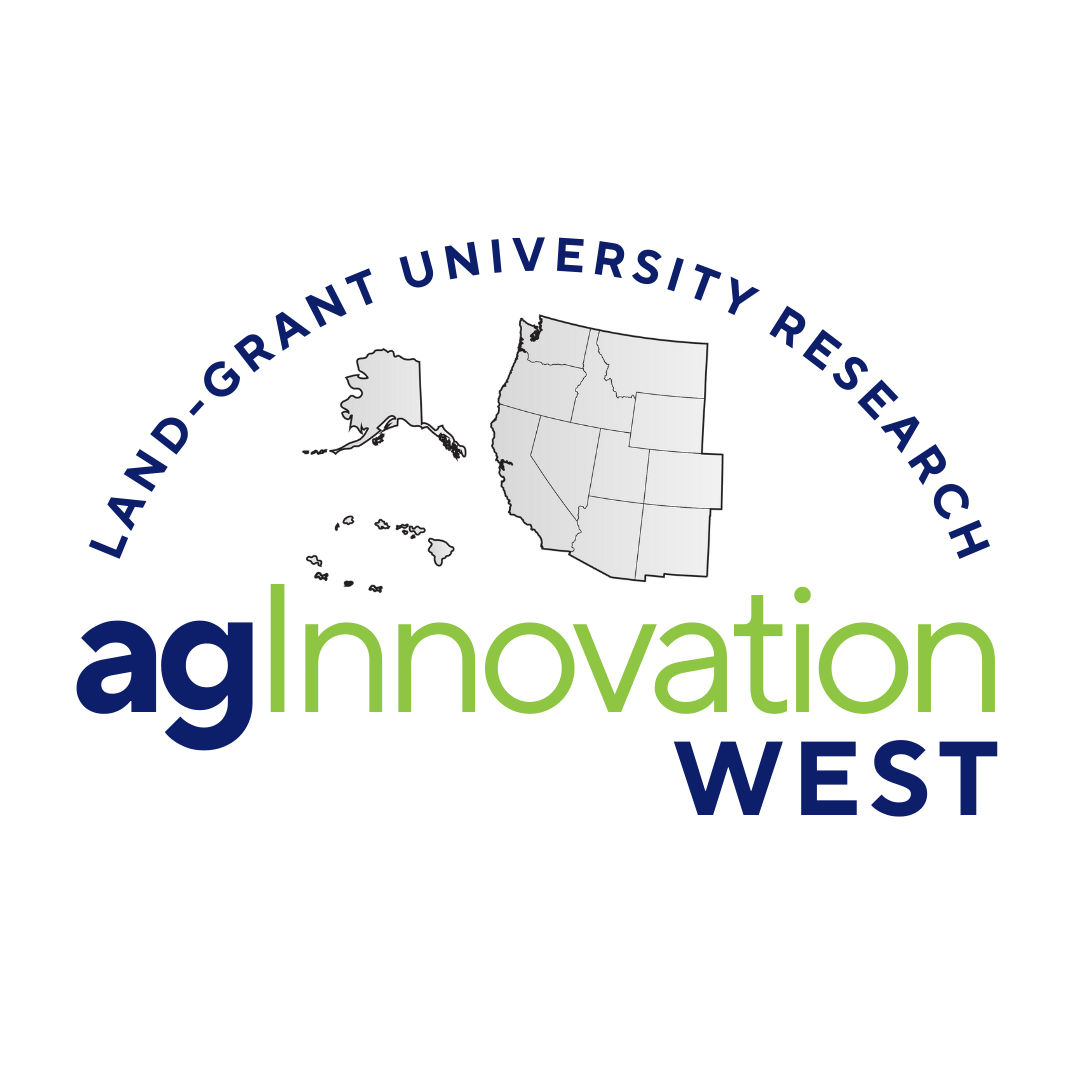
W5188: Soil, Water, and Environmental Physics to Sustain Agriculture and Natural Resources
(Multistate Research Project)
Status: Active
Homepage
Soil and the underlying vadose zone (in the remainder of this document, for simplicity, included in the term “soil”) are critical components of the Earth system, maintaining plant and animal life, supporting food production, providing key ecosystem services, and being a critical storage, reaction, and transport medium for water, dissolved solutes, gasses, and pollutants. Soils (i.e., soils and their underlying vadose zone) regulate water, energy, and nutrient movement throughout the terrestrial system, sustaining life above and below ground. As demands for food and water increase, so do the demands placed on soil resources. In order to sustain soils and their key functions into the future, efforts must be made to steward and protect this non-renewable resource.
Soil physics plays a critical role in our understanding of the functions of soil in regulating mass and energy transport at the Earth’s surface, and progress in recent years has led to an even greater appreciation of the complexity and heterogeneity of soils. From micropore to the continental scale, understanding and quantifying soil heterogeneity remains a key challenge. Yet, this heterogeneity is a determining factor in the fate of water, nutrients, and energy with the groundwater-soil-plant-atmosphere continuum. Much research has been done at moderate spatial scales (i.e., a single field or plot), but many questions remain regarding these processes at much finer scales (i.e., nm or smaller) and at larger spatial scales (i.e,. 100s of km or larger). Recent advances in technology have increased our ability to image soil at smaller scales, and increasing computational power allows simulations of water movement at the continental scale; still, much remains to be learned about this complex system.
Historically, the field of soil physics was concerned with issues of agricultural importance such as irrigation scheduling, nutrient management, and improving crop productivity. In recent years, that focus has remained but new foci have emerged, including emphases on interdisciplinary work related to the impacts and applications of soil physics in ecology, hydrology, geohydrology, biogeochemistry, climate science, and other related fields. This trend has been observed in the field at large but also has been seen quite clearly in the outputs from this multistate project, which has grown in the breadth of topics studied over the past decades.
The collaborations developed through this multistate project have affected multiple generations of soil physicists and other scientists with significant engagement in soil physics, and the continuation of the project will serve to maintain many of these relationships into the future while simultaneously creating a pathway for new scientists to join. From the collaborations within this group, the field of soil physics has been transformed by new fundamental knowledge and applications of this knowledge have been developed for broad societal and environmental benefit. Members of this group tend to form and reform around new multi-investigator programs to address emerging critical questions for sustainable solutions to grand challenges. This flexible and synergistic approach has been extremely productive, and it encourages a rich pollination of ideas and solutions to complex problems. The multistate committee structure is a convenient and efficient platform for establishing national research collaborations, validating approaches and techniques, pooling data, creating rigorous peer reviews, sharing equipment and developing the next generation of highly-trained soil scientists, environmental scientists, and engineers. This renewal proposal seeks to maintain the ties between this extremely productive and creative group. Without the W5188 committee, the field would not be as focused on national needs research. The proposal also highlights our efforts to improve environmental monitoring, implement basic soil physics research, reach out to a broader scientific community (e.g., plant science, ecology, chemistry, and microbiology), and educate and communicate to stakeholders and colleagues within and outside our traditional disciplines.